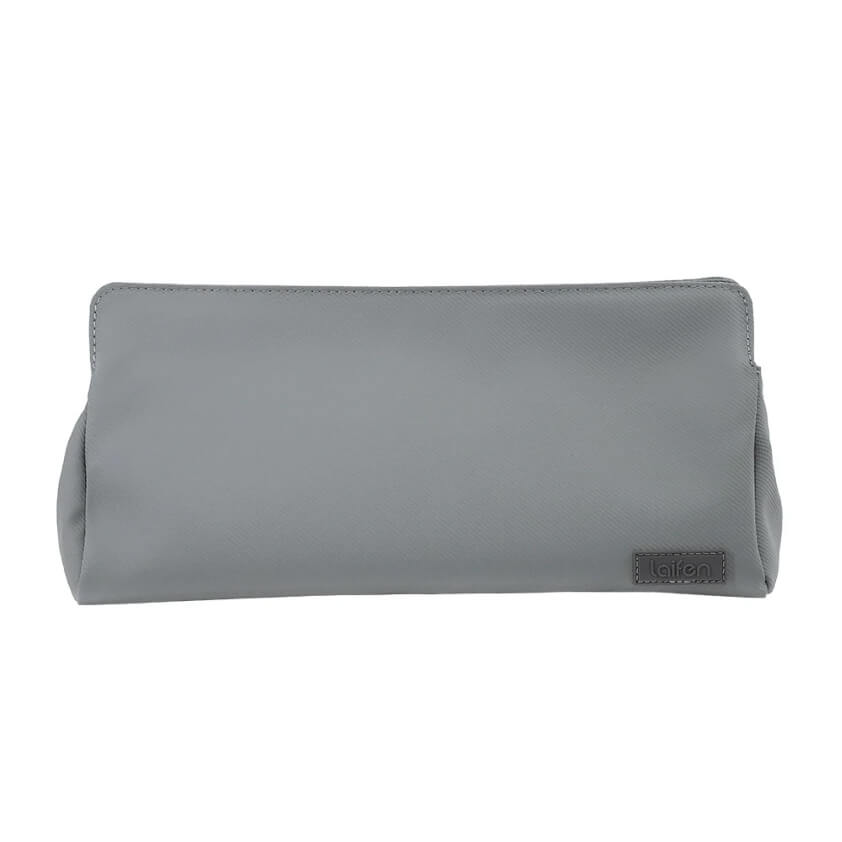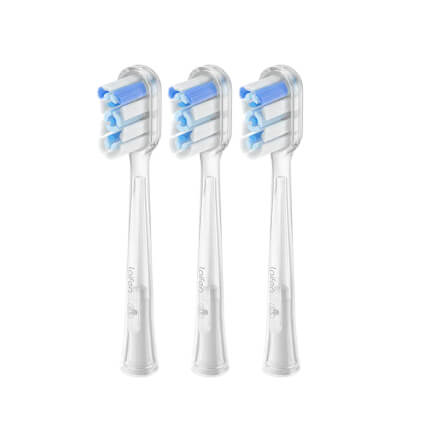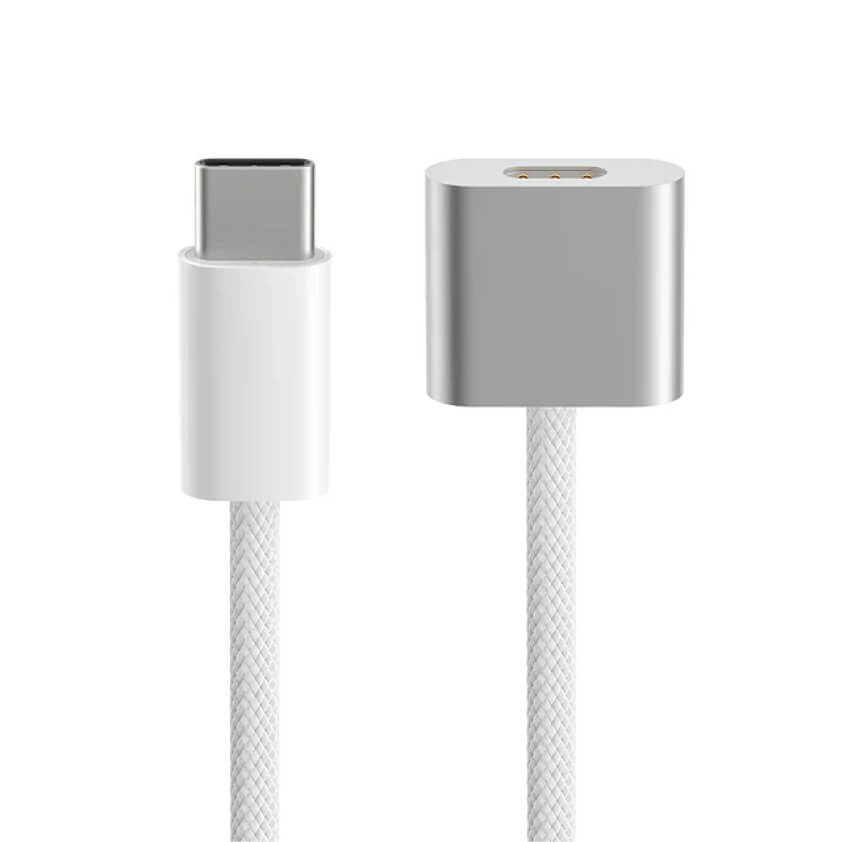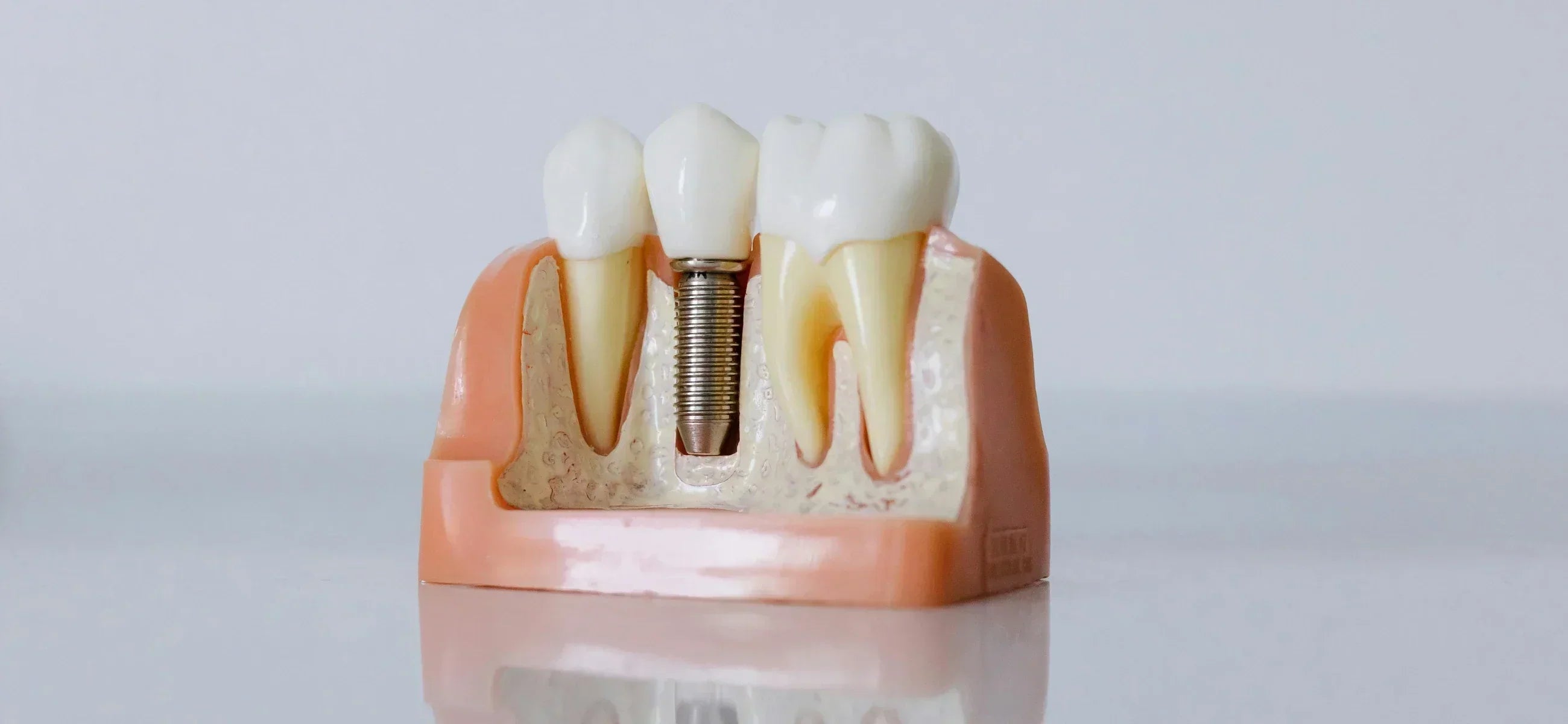
In this article
Learning how to fix receding gums is important if you think you're suffering from this relatively common dental issue. Here, we explain what receding gums are and what causes them, and introduce you to the treatment options that your dentist will present to help you recover from gum recession.
What are receding gums?
Receding gums refers to when your gums draw back from your teeth. As a result, the roots of your teeth will be exposed, causing potential damage to the structure of your teeth.
This is a common dental problem that affects millions of people every year. It can be caused by numerous factors, including periodontal disease, which is a common gum infection.
Some people also cause receding gums by inadvertently brushing their teeth too aggressively, while inadequate brushing, flossing, or general dental care can also lead to the issue.
It's important to get treatment for gum recession, as failing to do so can lead to long-term dental issues that can make your life difficult.
5 steps to fixing receding gums
If you're wondering how to fix a receding gum line, the first step is to book a consultation with your dentist. Here are the steps typically involved in the treatment, depending on the severity of your gum recession:
Step 1. Initial consultation
During the initial consultation, the dentist will assess your gum recession and advise on the best course of treatment. In some instances, deep cleaning your teeth will be sufficient, but if the problem is severe, you might need to undergo surgery.
Step 2. Treatment begins
If you have a mild gum recession, your dentist will recommend deep cleaning, which involves tooth scaling and root planing. This process removes plaque and tartar from your teeth and cleans the root surfaces below the gum line. This might be sufficient to stop your gums from receding.
If deep cleaning is sufficient, your dentist will schedule two appointments - one for tooth scaling and one for root planing. Then, you may have to take a short course of antibiotics after the procedure to heal any infection, but after that, you're in the clear.
Step 3. Surgery (depending on the severity of your gum recession)
If your dentist doesn't think that your gum recession can be treated by deep cleaning, they will recommend surgery. This might be necessary if the pockets caused by the recession are particularly deep or if there is any bone damage. There are typically three types of surgery that your dentist may recommend:
-
Open flap scaling and root planing: Here, the gum tissue is folded back and the harmful bacteria is removed from beneath the gums. To finish the procedure, the dentist will seal the gum back in place.
-
Regeneration: A slightly more complex procedure is regeneration. This is necessary if the bone supporting your teeth has been damaged. The dentist will use a membrane, graft tissue, or other protein to naturally regenerate the bone after moving the harmful bacteria.
-
Soft tissue graft: A dentist might also perform a soft tissue graft by removing a flap of skin from the roof of your mouth. This can then be connected to the gum tissue surrounding the exposed root, after the infection is cleaned and treated.
Step 4. Follow up consultation
After the procedure, the dentist will ask you to come back for a check up to see how successful the treatment has been. You might also see the dental hygienist to improve the way you look after your teeth to prevent gum recession from happening again in the future.
Step 5. After care
In the immediate aftermath of the procedure, you may need to take antibiotics and over-the-counter pain treatment. Your dentist will also advise you on what to eat and drink in the days after the procedure, as you may experience enhanced teeth sensitivity for a while after.
Your long-term aftercare should improve daily flossing and the use of an antibacterial mouthwash to prevent infections forming in your mouth. You should also brush your teeth 2-3 times per day with an oscillating electric toothbrush like the Laifen Wave to keep your teeth and gums in great shape.
How to fix receding gums at home - is it even possible?
Simply, you cannot fix receding gums at home. If your gums have drawn back from your teeth and created pockets of space underneath, you need to book a consultation with your dentist to discuss the best course of action.
As highlighted above, you may be able to treat the recession with deep cleaning, or you might need dental surgery. Either way, both procedures must be carried out by a professional dentist with experience in such treatment.
How much does it cost to fix receding gums?
This depends on the type of treatment you require. If the receding gums can be treated with a deep clean, you might pay up to $500 for the procedure without insurance. However, some insurance packages cover dental procedures, so check to see if you can get the treatment without dipping into your savings.
Surgery, on the other hand, can be much more expensive, and is likely to cost more than $1,000 for a gum graft. In your initial consultation, you can ask your dentist about the costs of each procedure before checking your insurance to see if you are covered.
Ultimately, fixing receding gums requires a trip to the dentist, and it's not something you can do at home. Be sure to read our FAQs below for more helpful information before visiting your dentist.
FAQ
Q1: How to fix receding gum on one tooth?
Whether you have gum recession on one tooth or multiple teeth, the treatment options are the same. You will need to visit your dentist, who will then advise whether a deep clean or surgery is required to fix your teeth and gums.
Q2: How to fix receding gum without surgery?
If you have mild gum recession, you can fix your receding gums without surgery. Your dentist will perform a deep clean of the teeth and gums and advise you on tips that you can follow to maintain better dental hygiene going forward.
Q3: How to fix receding gums around the crown?
Gum recession around a crown is slightly more complicated, and it may need to be treated with graft surgery. However, after cleaning the infection, the dentist may also suggest a gum veneer, though this can significantly increase the cost of the procedure.






























